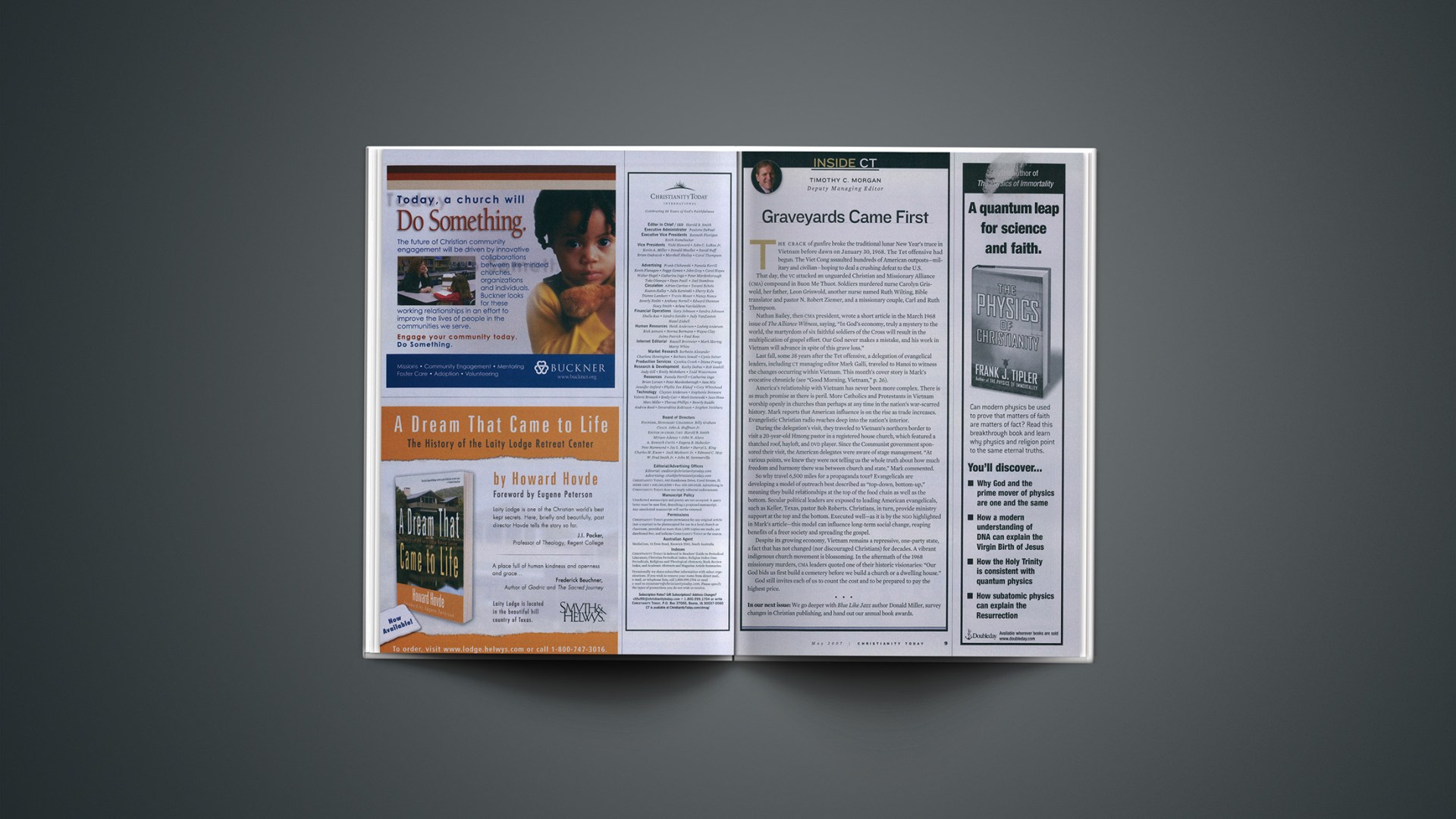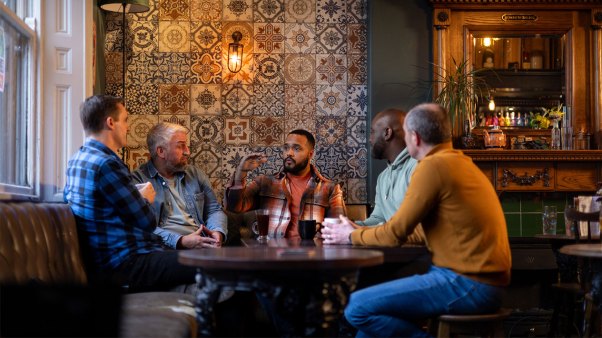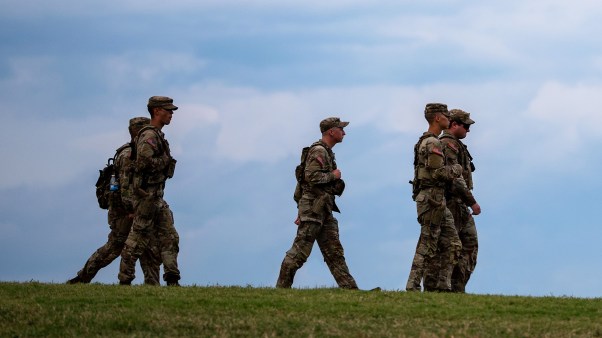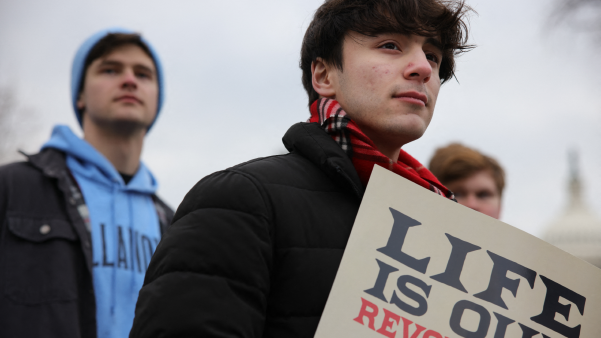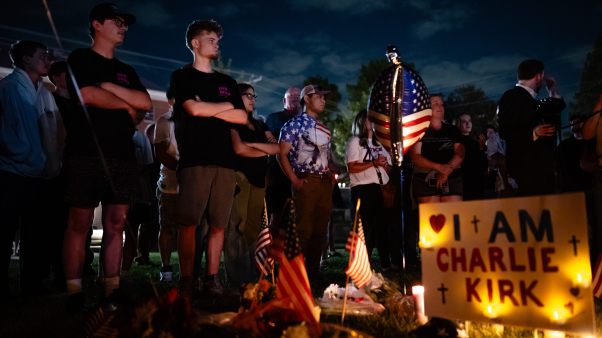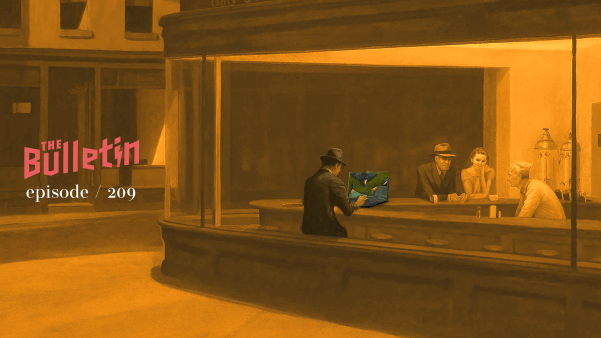The crack of gunfire broke the traditional lunar New Year’s truce in Vietnam before dawn on January 30, 1968. The Tet offensive had begun. The Viet Cong assaulted hundreds of American outposts—military and civilian—hoping to deal a crushing defeat to the U.S.
That day, the VC attacked an unguarded Christian and Missionary Alliance (CMA) compound in Buon Me Thuot. Soldiers murdered nurse Carolyn Griswold, her father, Leon Griswold, another nurse named Ruth Wilting, Bible translator and pastor N. Robert Ziemer, and a missionary couple, Carl and Ruth Thompson.
Nathan Bailey, then CMA president, wrote a short article in the March 1968 issue of The Alliance Witness, saying, “In God’s economy, truly a mystery to the world, the martyrdom of six faithful soldiers of the Cross will result in the multiplication of gospel effort. Our God never makes a mistake, and his work in Vietnam will advance in spite of this grave loss.”
Last fall, some 38 years after the Tet offensive, a delegation of evangelical leaders, including ct managing editor Mark Galli, traveled to Hanoi to witness the changes occurring within Vietnam. This month’s cover story is Mark’s evocative chronicle.
America’s relationship with Vietnam has never been more complex. There is as much promise as there is peril. More Catholics and Protestants in Vietnam worship openly in churches than perhaps at any time in the nation’s war-scarred history. Mark reports that American influence is on the rise as trade increases. Evangelistic Christian radio reaches deep into the nation’s interior.
During the delegation’s visit, they traveled to Vietnam’s northern border to visit a 20-year-old Hmong pastor in a registered house church, which featured a thatched roof, hayloft, and DVD player. Since the Communist government sponsored their visit, the American delegates were aware of stage management. “At various points, we knew they were not telling us the whole truth about how much freedom and harmony there was between church and state,” Mark commented.
So why travel 6,500 miles for a propaganda tour? Evangelicals are developing a model of outreach best described as “top-down, bottom-up,” meaning they build relationships at the top of the food chain as well as the bottom. Secular political leaders are exposed to leading American evangelicals, such as Keller, Texas, pastor Bob Roberts. Christians, in turn, provide ministry support at the top and the bottom. Executed well—as it is by the ngo highlighted in Mark’s article—this model can influence long-term social change, reaping benefits of a freer society and spreading the gospel.
Despite its growing economy, Vietnam remains a repressive, one-party state, a fact that has not changed (nor discouraged Christians) for decades. A vibrant indigenous church movement is blossoming. In the aftermath of the 1968 missionary murders, CMA leaders quoted one of their historic visionaries: “Our God bids us first build a cemetery before we build a church or a dwelling house.”
God still invites each of us to count the cost and to be prepared to pay the highest price.
Copyright © 2007 Christianity Today. Click for reprint information.
Related Elsewhere:
The May cover story on Vietnam, “A New Day in Vietnam” was accompanied by “Chris Seiple on ‘Relational Diplomacy.’“
Vietnam was taken off the US State Department’s list of Countries of Particular concern in 2006, but the USCIRF urged that the country be put back on in its most recent report.
The Institute for Global Engagement‘s section on the fall 2006 relational diplomacy in Vietnam has press releases, articles, an op-ed on constructive advocacy, and a trip blog.
Other Christianity Today articles on Vietnam are available on our site.

